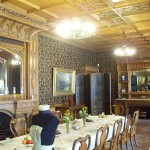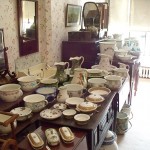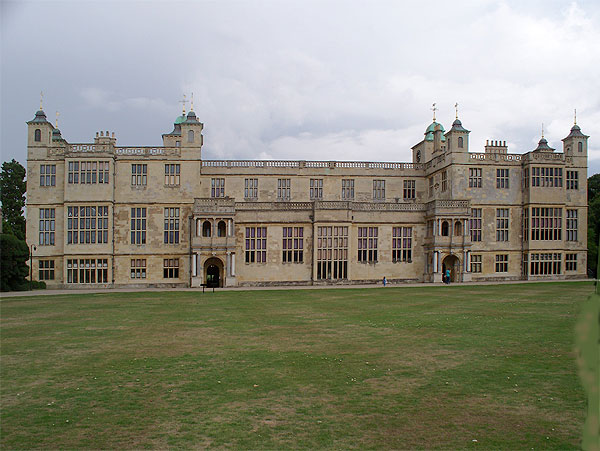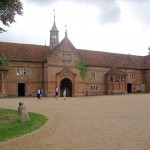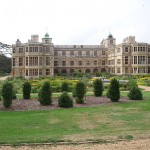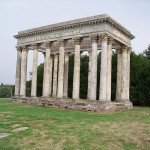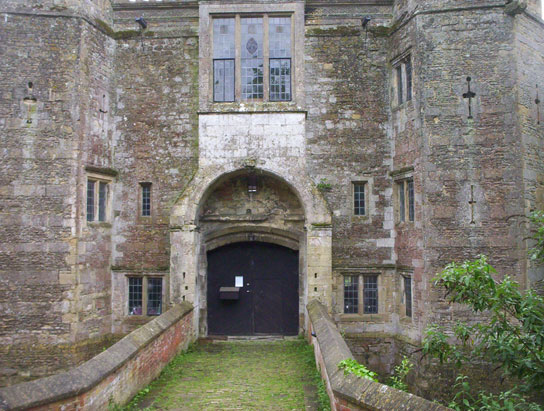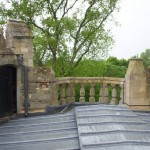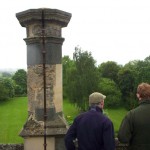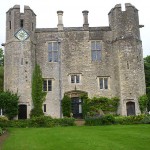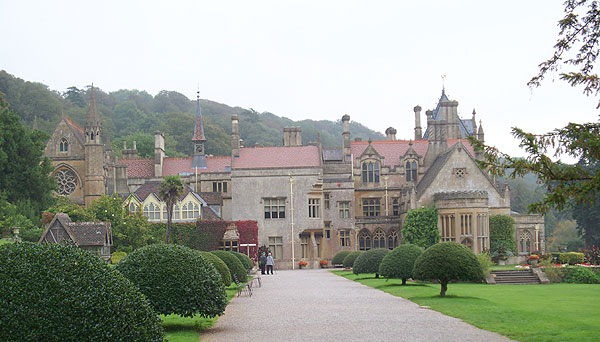
National Trust
An impressive Victorian estate and one of the NT’s more high-profile acquisitions, Tyntesfield is deep in the Somerset countryside. Besides the house and chapel there are gardens and miscellaneous out-buildings, with the inevitable restaurant, shop, café and visitor centre. When acquired, the house was a time-warp and stuffed with period objects. When I visited, the formal rooms were quite impressive, and the service and other rooms that were opened were full of miscellaneous stuff. The Chapel is next to the house but had a separate entrance, which was also used to give access to some rooms in the upper part of the house.
Update: Sept 2014.
Since my last visit, the NT visitor’s entrance has been moved to the service yard, a few more formal and service rooms have been opened on the ground floor, and the upper floor has been opened for visitors. The tour now exits via the Chapel. (My old guidebook shows the Billiard Room, Mrs Gibbs’ Room, and the Old Servants’ Hall as accessible, but they are not on the 2014 tour.)
The central hall, Library, Dining room and Drawing Room are impressively decorated in Victorian style and fully furnished.
Upstairs, approx ten rooms can be visited. These are less impressive than the downstairs rooms, but still interesting, and some are still filled with undisplayed stuff.
The Chapel is the size of a smaller church, and an impressive and colourful example of Victoriana.
In the house, it’s amusing to note that an analog Mitsubishi TV belonging to the last owner has become a NT exhibit. 🙂
